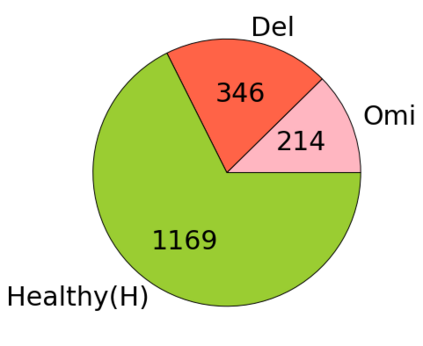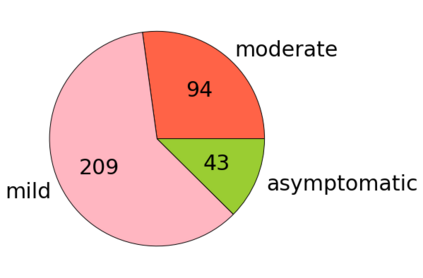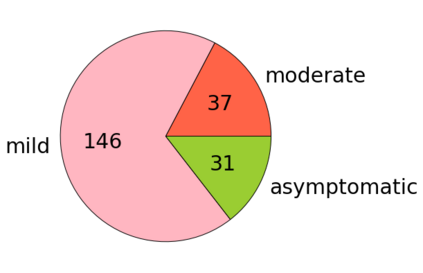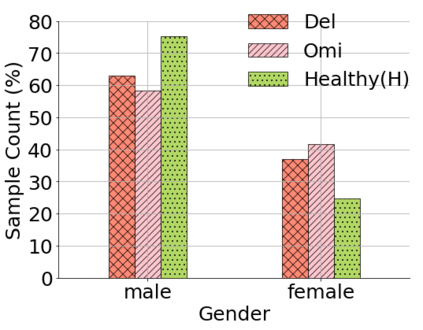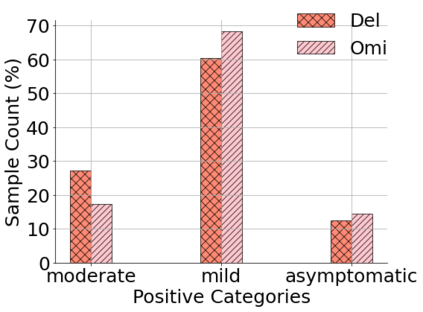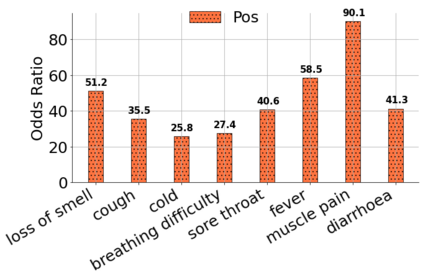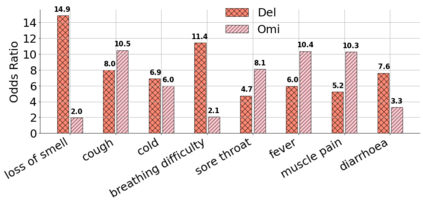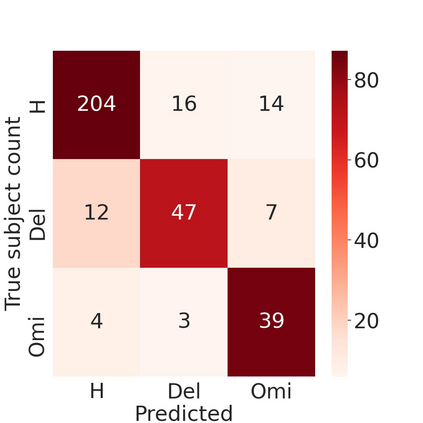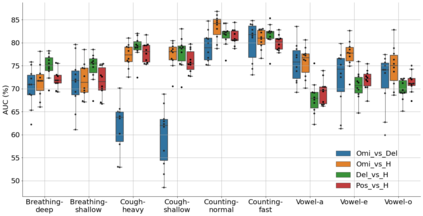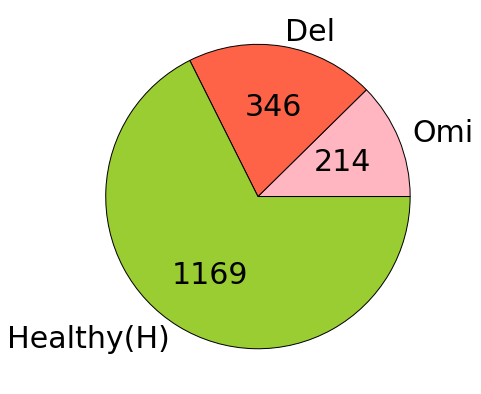The COVID-19 outbreak resulted in multiple waves of infections that have been associated with different SARS-CoV-2 variants. Studies have reported differential impact of the variants on respiratory health of patients. We explore whether acoustic signals, collected from COVID-19 subjects, show computationally distinguishable acoustic patterns suggesting a possibility to predict the underlying virus variant. We analyze the Coswara dataset which is collected from three subject pools, namely, i) healthy, ii) COVID-19 subjects recorded during the delta variant dominant period, and iii) data from COVID-19 subjects recorded during the omicron surge. Our findings suggest that multiple sound categories, such as cough, breathing, and speech, indicate significant acoustic feature differences when comparing COVID-19 subjects with omicron and delta variants. The classification areas-under-the-curve are significantly above chance for differentiating subjects infected by omicron from those infected by delta. Using a score fusion from multiple sound categories, we obtained an area-under-the-curve of 89% and 52.4% sensitivity at 95% specificity. Additionally, a hierarchical three class approach was used to classify the acoustic data into healthy and COVID-19 positive, and further COVID-19 subjects into delta and omicron variants providing high level of 3-class classification accuracy. These results suggest new ways for designing sound based COVID-19 diagnosis approaches.
翻译:COVID-19爆发引发了与不同SARS-CoV-2变体有关的多波感染浪潮。研究表明,变异物对病人呼吸健康的影响不同。我们探讨从COVID-19研究对象收集的声学信号是否显示可计算区分的声学模式,表明有可能预测基本病毒变体。我们分析从三个主题集合收集的科斯瓦拉数据集,即(一)健康,(二)三角体变异变主要期间记录的COVID-19研究对象,以及(三)在降温期间记录的COVID-19研究对象的数据。我们的调查结果表明,在将COVI-19研究对象与omicron和三角洲变体比较时,如咳嗽、呼吸和言语等多种声音类别显示有显著的声学特征差异。在将COVI19研究对象与三角体感染对象进行分辨时,我们利用多种声音变异体的得分级组合,在95%的特性下方和52.4%的敏感度下方位数据。此外,在将CVI19级和三角级分析结果的正确性分析结果中,又将CVI分类为CVI和CVD高级分析结果。

